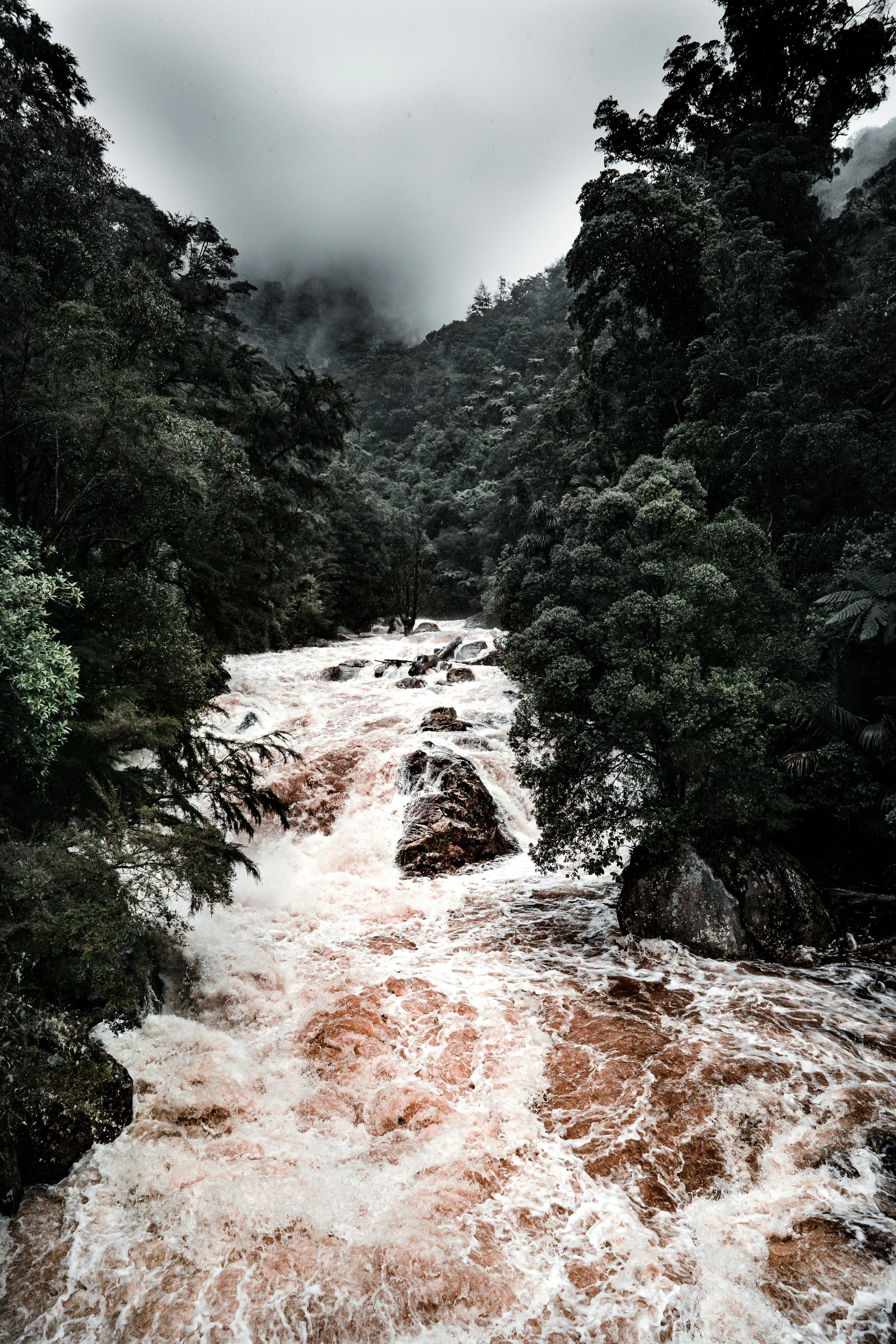TERROR AND BEAUTY
On this year’s Father’s Day, my wife gifted me with two books: Owls and Other Fantasies by Mary Oliver and Pilgrim at Tinker Creek by Annie Dillard. Over the years, I witnessed her keen ability to know what books to gift people. As she is widely read, her recommendations over the years have expanded my reading list and provided me with boundary-crossing experiences. I had read many of Oliver’s collections, but I had not read the above title, while Dillard’s work is elevating me to another level of imagination.
In Oliver’s short essay on Owls, I found myself stuck ruminating based on my experiences.
“In the night, when the owl is less than exquisitely swift and perfect, the scream of the rabbit is terrible. But the scream of the owl, which is not of pain and hopelessness and the fear of being plucked out of the world, but of the sheer rollicking glory of the death-bringer, is more terrible still. When I hear it resounding through the woods, and then the five black pellets of its song dropping like stones into the air, I know I am standing at the edge of the mystery, in which terror is naturally and abundantly part of life, part of even the most becalmed, intelligent, sunny life — as, for example, my own. The world where the owl is endlessly hungry and endlessly on the hunt is the world in which I live too. There is only one world.”
In the previous paragraph, Oliver describes the owls as “pure wild hunters of our world,” citing that one can easily find headless bodies of rabbits and other small animals and birds, as the owl has “an insatiable craving for the taste of brains.” Life’s terror, which is natural and abundant, remains a mystery in conjunction with “sunny” life. The fact that both opposing qualities coexist is what remains a mystery. Nature does not shy away from terror, and therefore, it has an unmatched parallel with humanity’s penchant and capacity for terror.
The unprecedented floods around the world are sheer terror, as terror triggers the supple imagination for more terror. I do not have satisfactory answers to such terror wreaking havoc and taking lives. I also know water is an indispensable source of sunny and vibrant life. In a perfect dualistic world, we can conveniently separate the two, good versus evil, if you like, but having them coexist makes life messy and complex, and everyone is scrambling for answers.
Three paragraphs later, Oliver turns swiftly and writes this below.
“Are the roses not also--even as the owl is--excessive? Each flower is small and lovely, but in their sheer and silent abundance the roses become an immutable force, as though the work of the wild roses was to make sure that all of us, who come wandering over the sand, may be, for a while, struck to the heart and saturated with a simple joy.”
Nature exhibits both beauty and terror, just as “is the world in which I live too.” If we allow nature to teach us, then perhaps a mature response would be to acknowledge and welcome both. “Go to the limits of your longing… Let everything happen to you: beauty and terror,” Rilke wisely advised in the book, Rilke’s Book of Hours: Love Poems to God. Nature encourages us to adopt a stance of letting everything unfold. It is a form of surrender—surrender to the present moment. This is still one of the hardest lessons for me. The idea of terror frightens me, and I tend to quickly say a prayer for protection that keeps terror as far away from me and my loved ones as possible. Accepting and embracing both terror and beauty affirms that I am part of this world. That sense of solidarity makes me human and gives me the unique power to empathize and to heal.
